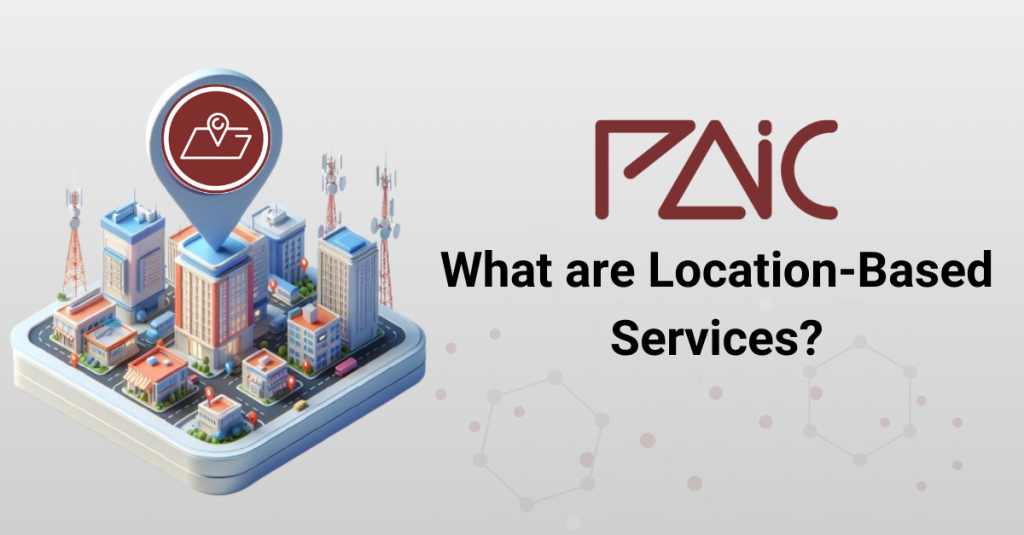
What are Location-Based Services?

NOTE: given PAiC’s GMLC can rely on SUPL access, our GMLC can offer approximately 50m accuracy via SUPL in most cases, irrespective of the available RAN positioning methods.
So, why do you need PAiC’s GMLC?
Our GMLC is as reliable as other big-name GMLCs, meeting all recognized geolocation service standards, allowing you to deploy geolocation use cases at a fraction of the cost, with close guidance and support from our telecom experts.
PAiC offers Geolocation-as-a-service, including a friendly GUI, a Geolocation API, SUPL and expert support together a powerful and affordable GMLC.
Visit us at www.paic-bd.com or contact us at [email protected] to set-up a demo.
What are Location-based Services (LBS)?
LBS are geo-positioning services to obtain the geographical location of a mobile phone or IoT (Internet of Things) device.
These services have been around for years, yet they have not been readily offered, nor monetized by telecom operators. Instead, it’s been smartphone applications and smartphone manufacturers that have been at the forefront of this monetization, often without users’ consent.
Use cases of LBS vary from physical security to those with commercial purposes aiming to enhance marketing reach and improve overall customer experience.
What is a GMLC?
A GMLC is a platform that enables telecom operators to offer location-based services (LBS) efficiently, without a dependency on smartphone apps or even an internet connection.
PAiC’s GMLC locates any mobile device connected to a telecom network at any point in time, without the need of an internet connection or an app download, while remaining imperceptible to the end-user, thus optimizing battery life for devices.
The GMLC platform enables LBS in legacy networks such as 2G or 3G, and in next generation networks like 4G/LTE and 5G.
PAiC’s GMLC is a powerful and affordable GMLC that also offers SUPL (Secure User-Plan Location) services, which greatly simplifies the interaction with the telecom operator’s network and makes geolocation even more accurate.
How do you integrate a GMLC to a telecom network?
An GMLC platform can be integrated to a telecom operator’s network via Signaling (SS7 / SIGTRAN) or Diameter protocols, and our GMLC also supports SUPL interconnection, which is the simplest and most powerful alternative.
Thanks to SUPL, our GMLC goes from a network-centric geolocation event to a device-centric one, where positioning information is controlled by the mobile devices, thus being more accurate.
What is SUPL?
The Secure User-Plane Location (SUPL) protocol enables location information gathering from SUPL Enabled Terminals (SETs), of which there are close to 2 billion active devices in the world.
SUPL removes the need of the GMLC to integrate with a telecom operator (MNO) via lower-level telecom protocols like SS7, SIGTRAN and Diameter, by instead enabling easier to access IP connections (using TLS socket and TLS certificate).
PAiC’s GMLC with SUPL gathers geolocation event directly from the device (instead of from the MNO’s network), thus significantly improving accuracy.
What is a Geolocation API?
PAiC offers an API that web developers can understand without needing to be aware of the underlying telecom infrastructure and protocols, thus making it as easy as possible to include geolocation services in their applications.
PAiC’s Geolocation API offers the flexibility to retrieve mobile location information via our GMLC, leveraging on the interconnection with telecom networks, but without having to interact directly with them.
What are the common use cases for GMLC?
Common use cases include:
How accurate is a GMLC?
Any GMLC connected via core telecom protocols (i.e. SS7, SIGTRAN, Diamenter) depends on the radio access network (RAN) positioning method used, varying from a few dozen meters to a few hundred meters.
The following table depicts a comparison between the different positioning methods available in telecom networks: